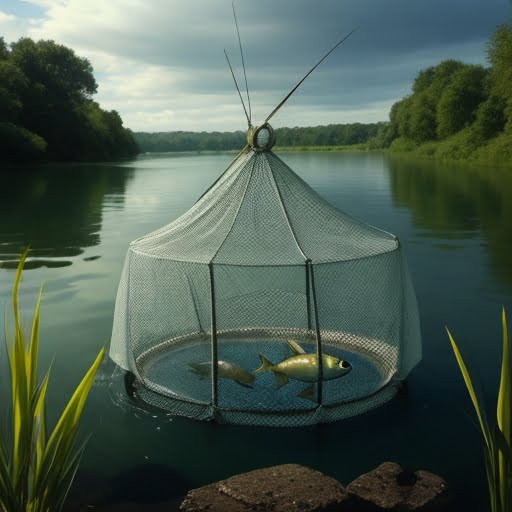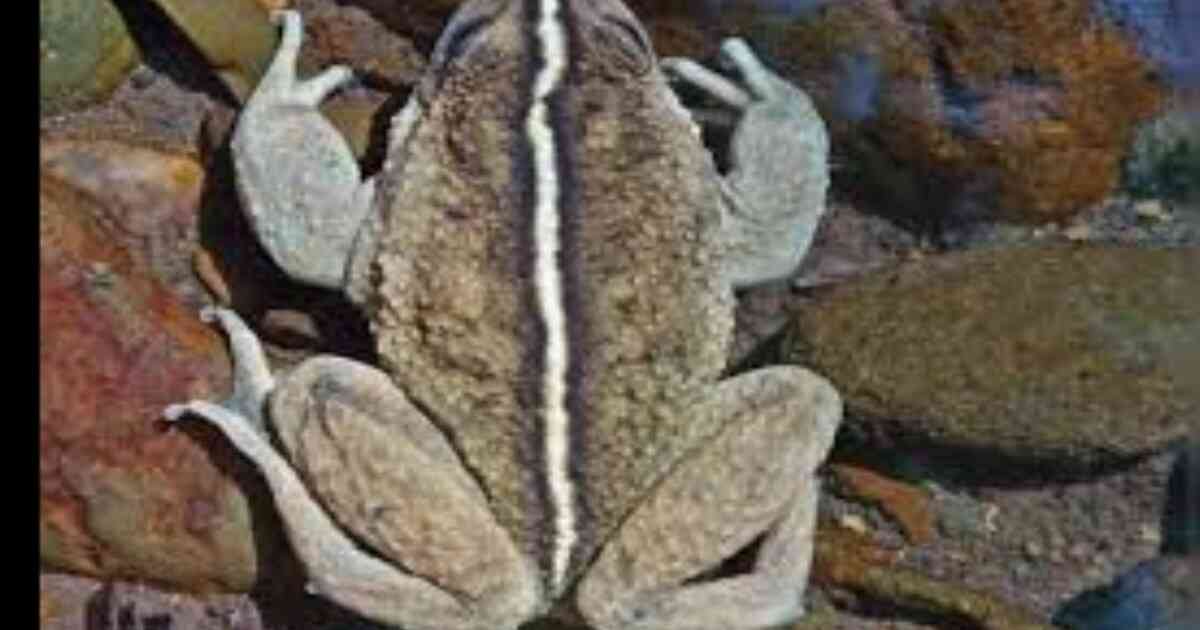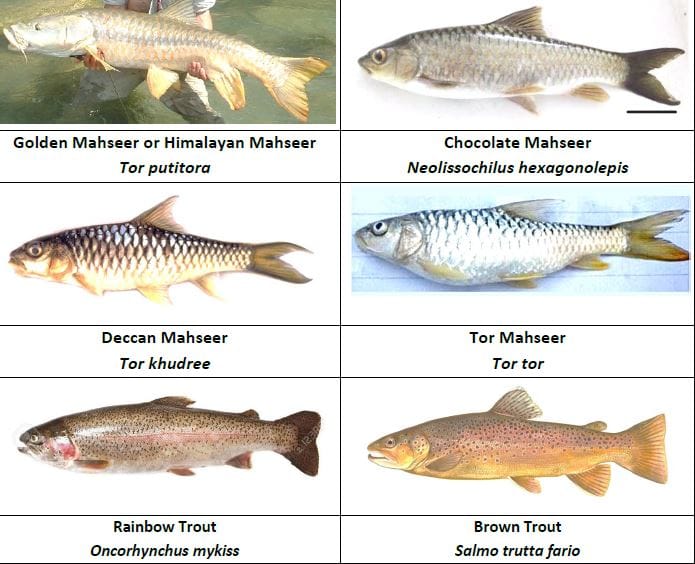Ribosomes: Structure and Functions
Ribosomes: Ribosomes consists of two units one small and other large which fit together and work as one to translate mRNA into a polypeptide chain during protein synthesis. In prokaryotic cells ribosomes are synthesized in the cytoplasm and nucleolus in eukaryotic cells. Over 200 proteins are needed to synthesize the four types of RNA. Ribosomes…






